In the high-stakes world of space exploration, most people imagine breakthroughs coming from teams of scientists in white lab coats, surrounded by blinking computers and chalkboard equations. But in 1968, one of NASA’s most crucial software breakthroughs was born not in a laboratory, but in a living room because of a child’s mistake and a mother’s intuition.
That mother was Margaret Hamilton, a computer scientist, mathematician, and engineer working at the Massachusetts Institute of Technology. At just 31 years old, she led the team responsible for developing onboard flight software for the Apollo missions. And she would become the unsung hero who helped guide humanity’s first steps on the Moon.
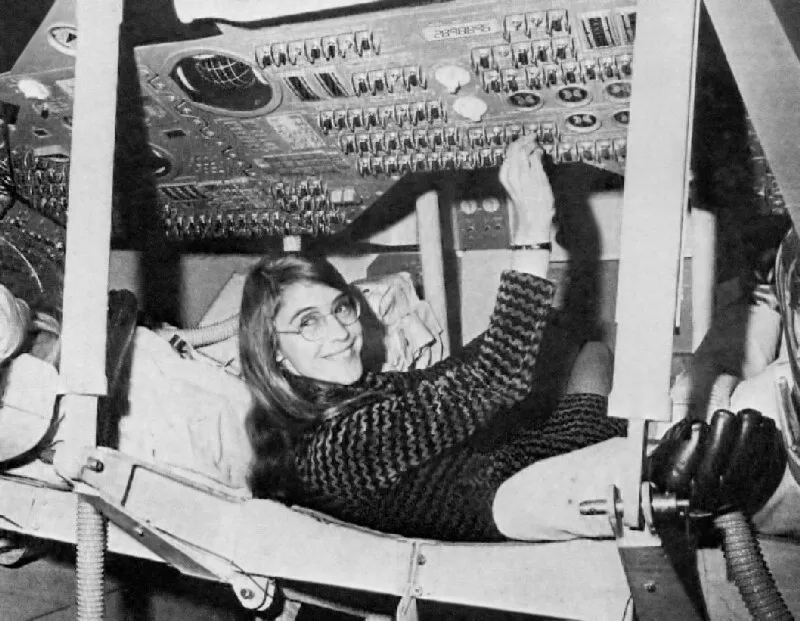
The Child’s Mistake That Sparked a Breakthrough
While working late nights and weekends, Hamilton often brought her young daughter Lauren to the lab. During one visit, Lauren began playing with a flight simulator and unknowingly triggered a system crash by pressing buttons in the “wrong” order. At the time, the system wasn’t designed to handle that kind of unexpected behavior.
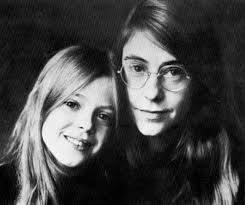
Most engineers might have brushed the incident off as a harmless mistake, but Hamilton saw something different an opportunity to improve safety. She realized that if a child could accidentally cause a crash, so could an astronaut under stress during a real mission. It was a small moment with massive implications.
This led her to advocate for error detection and recovery logic that could override incorrect human inputs or hardware overloads something that was considered unnecessary or even overcautious at the time.
Video:
How a Young Engineer Saved the Moon Landing
The Apollo 8 Wake-Up Call
As Apollo 8 prepared to launch, Hamilton pushed hard for the inclusion of fail-safe programming she believed could prevent disaster. Many around her thought the risk was theoretical. But when Apollo 8 encountered a real issue during a pre-flight simulation one that could have derailed the mission her software responded exactly as intended, identifying the fault and guiding the system back to safety.
Thanks to Hamilton’s foresight, what could have been a mission-ending problem became just a minor hiccup. Her error-handling code worked exactly as she had envisioned.
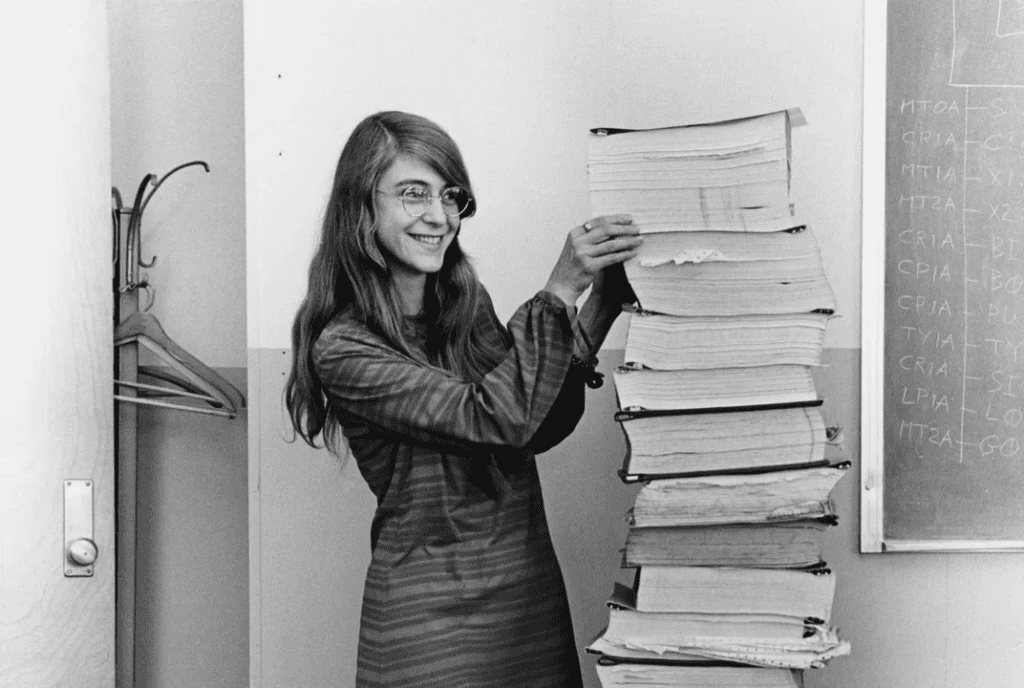
Apollo 11: When Software Became a Lifeline
Hamilton’s work came into even sharper focus a few months later during the Apollo 11 mission in July 1969. Just minutes before the lunar module, Eagle, was set to land on the Moon, onboard computers began throwing out warning alarms.
Unknown to the astronauts, a radar switch had been left on, overloading the guidance computer. The situation was critical without immediate intervention, the landing could have been aborted. But Hamilton’s error-handling software stepped in.
Video:
Margaret Hamilton – 2017 CHM Fellow
The code, developed under her direction, allowed the system to prioritize essential functions and ignore the nonessential ones. Rather than shutting down or freezing, the software essentially said, “I’ve got this,” and kept the mission on course.
Moments later, Neil Armstrong and Buzz Aldrin safely touched down on the Moon.
Changing the Future of Software and Spaceflight
Margaret Hamilton’s contributions extended far beyond Apollo. She is credited with coining the term “software engineering” and elevating software to the same level of respect and rigor as hardware design. Her team’s work on asynchronous processing, error recovery, and real-time computing laid the foundation for modern programming used today in aviation, medical equipment, and even smartphones.
At a time when few women were recognized in STEM fields, Hamilton broke barriers with confidence, brilliance, and determination. She wasn’t just a part of the space race she was one of the reasons it succeeded.
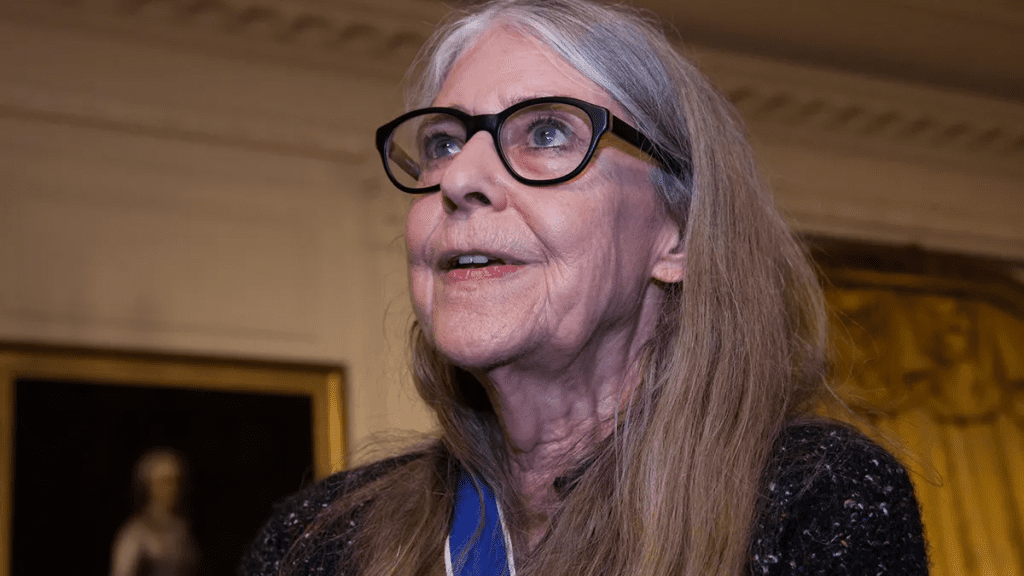
A Legacy That Still Guides Us
In 2016, nearly five decades after the Moon landing, Margaret Hamilton was awarded the Presidential Medal of Freedom by President Barack Obama, one of the highest civilian honors in the United States. She accepted it with humility, continuing to shine as an example of what thoughtful, courageous leadership in science looks like.
Her story is a reminder that innovation doesn’t always come from grand gestures or flawless conditions. Sometimes, it begins with a curious child, an attentive parent, and the courage to ask, “What if?”
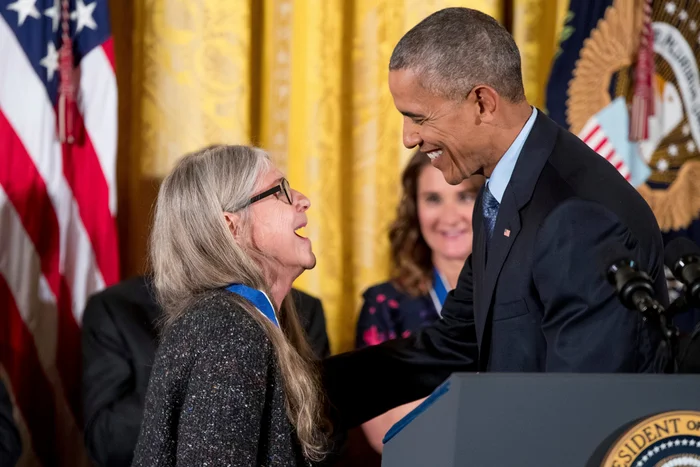
Conclusion: A Small Moment, a Giant Leap
Margaret Hamilton turned an accidental button push into one of the most important software innovations in aerospace history. Her insistence on resilience and fail-safes didn’t just save missions it paved the way for the Moon landing itself.
She was a young mother, a brilliant coder, and a visionary thinker who proved that even the smallest insight, if acted upon, can change the course of history.


